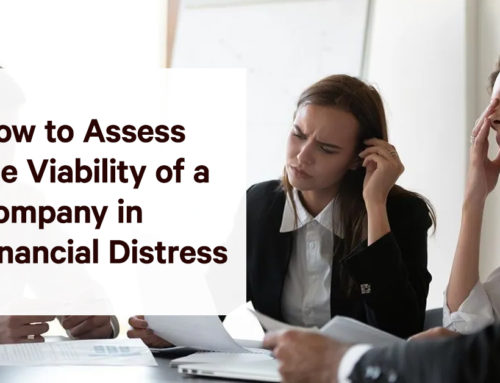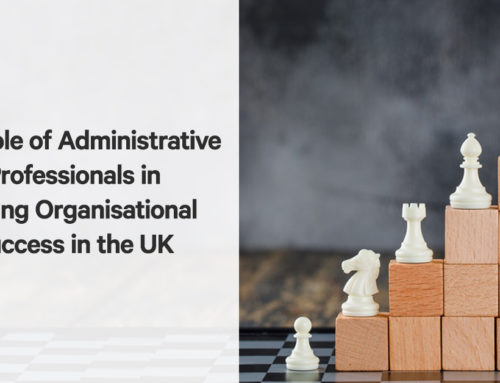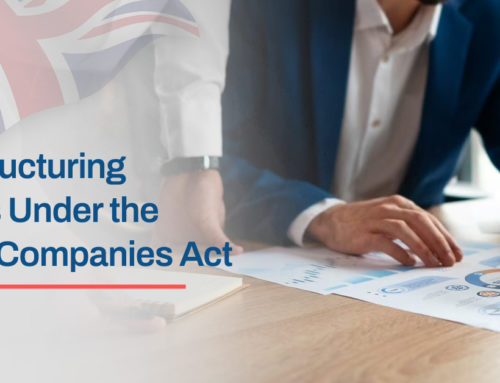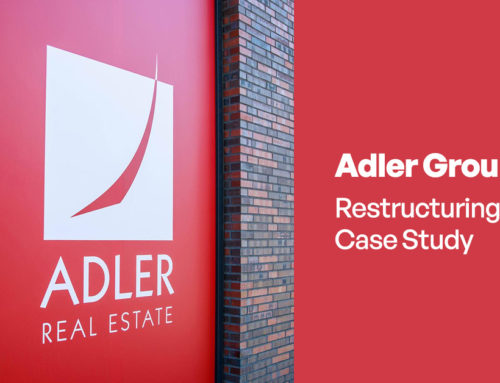There are a variety of reasons why a director may want to close a solvent limited company. For example, retirement might initiate closure, or a merger with another company, a major company restructure or if the company is dormant. Whatever the reason, if the company is solvent, i.e. has sufficient funds to pay all of its debt, the best route is through an MVL, or Members’ Voluntary Liquidation.
What is an MVL?
An MVL, or Members’ Voluntary Liquidation, is the formal process of winding up a solvent company. When the decision has been made to close the company, an MVL is a cost-effective way to do this. To be eligible for an MVL, the company must be in a position whereby it has paid all of its contractual obligations and creditors, including any PAYE, VAT and tax, or is able to in full within twelve months, and thereby is considered solvent.
A licensed insolvency practitioner is appointed by the directors to act as the liquidator in the process who will take control of the company, work with the directors to conduct all the necessary formalities and paperwork, and finally dissolve the company and remove it from the Companies House register.
It is worth noting that for solvent companies with less that £25,000 in retained profits, there is also the option of dissolving the company, known as ‘striking off’. However, once the company is dissolved, any remaining capital or assets in the business will transfer to the Crown automatically. So, if you choose the dissolution route, make sure all assets are extracted first or you may have to apply to have the company restored to the Companies House register to reverse the strike off.
The MVL procedure
The MVL process can, in theory, take as little two weeks. In reality, it is usually longer than this but it does depend on how complex the company structure is. There are a specific set of steps that need to be taken in order to complete the voluntary liquidation of a solvent limited company.
For companies that are part of a larger group, the individual company can be wound up and its assets transferred to other companies that are part of that group. Alternatively, company shares can be distributed amongst shareholders. This is often termed as a ‘restructuring MVL’ where it works as a demerger, or a way to divide a company.
Step 1 – The directors, and shareholders if applicable, meet together to decide on voluntary liquidation. At least 75% of members need to be in agreement of an MVL before the process can be commenced. All parties at the meeting work out a detailed process, and its implications. Once agreed, the terms of business are reviewed, such as the company’s financial position to determine that the company is solvent and able to meet its financial commitments. The board members sign a sworn declaration of solvency and instruct an insolvency practitioner to act as liquidator, who will receive a signed letter of engagement to formally appoint them.
Step 2 – The liquidator, who has taken control the company, will work with the directors to finalise the company’s affairs including:
- raising any final invoices
- arranging for the valuation and sale of any tangible company assets that are not being transferred in specie
- paying any outstanding creditors and contractual commitments
- de-registering the company in respect of PAYE and VAT with HMRC, as well as submitting any final returns
- preparing the final accounts, in draft format, as well as the corporation tax returns (they are in draft at this stage; the final accounts and corporation tax return must up to and including the date of liquidation)
- paying an estimated corporation tax balance.
The term ‘in specie’ refers to assets that are not easy to convert into cash or where a transfer of an asset is preferred, such as land, stock or property. For physical assets like these, the liquidator will arrange for an independent valuation to be done so that the right level of tax is levied, which makes sure that all shareholders receive the right amount when the funds are distributed.
An announcement will need to be placed in The Gazette to make the liquidation a matter of public record, and any outstanding creditors can submit their claims for monies owed.
Step 3 – Once all company’s affairs have been finalised, terms with the liquidator are formally agreed and they are instructed to liquidate the company. A declaration of solvency is prepared after fees have been paid which details the company’s assets and liabilities, and confirms that that the debts will be paid within twelve months from the date of liquidation. The directors’ signatures are sworn before a solicitor.
Stage 4 – A meeting of the shareholders and directors takes place to put the company into the MVL. Once this meeting has taken place, the company is put into liquidation.
Stage 5 – When the company is in MVL, the assets are realised and resulting funds are distributed to creditors and finally members. The liquidator will apply for final clearance from HMRC and once obtained, the company will be dissolved within three months and removed from the register at Companies House.
For companies considering entering an MVL, there are a number of actions that can be taken in order to prepare for the MVL process. Organising the company so that all its relevant affairs are in order will help make the liquidation process much simpler, and smoother. For example, pay your creditors, ensure any liabilities are paid, all invoices are settled and HMRC obligations have been dealt with including submitting the company’s accounts.
The more that can be settled prior to commencing the liquidation process, the more money that can be saved because unpaid creditor claims accrue a standard interest rate of 8% throughout the liquidation process.
One other step is to de-register the company in terms of VAT, and directors should also deregister as employees, prior to instructing a liquidator to start the MVL process because at that point, the company ceases trading.
If you are planning on liquidating your company, the first step is to seek professional advice from an insolvency practitioner. Our highly experienced professionals at Leading UK are on hand to help and advise on the process. Please feel free to call us on 01603 552028 or visit our website Leading UK.






